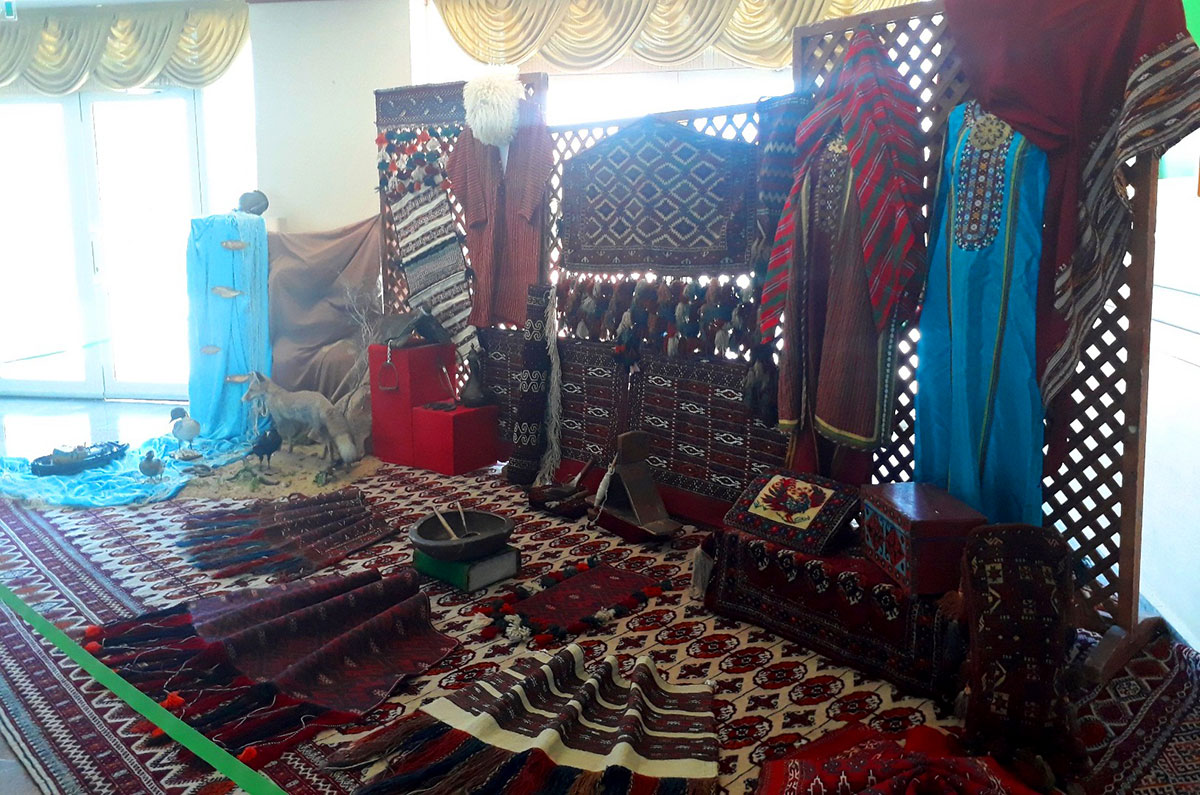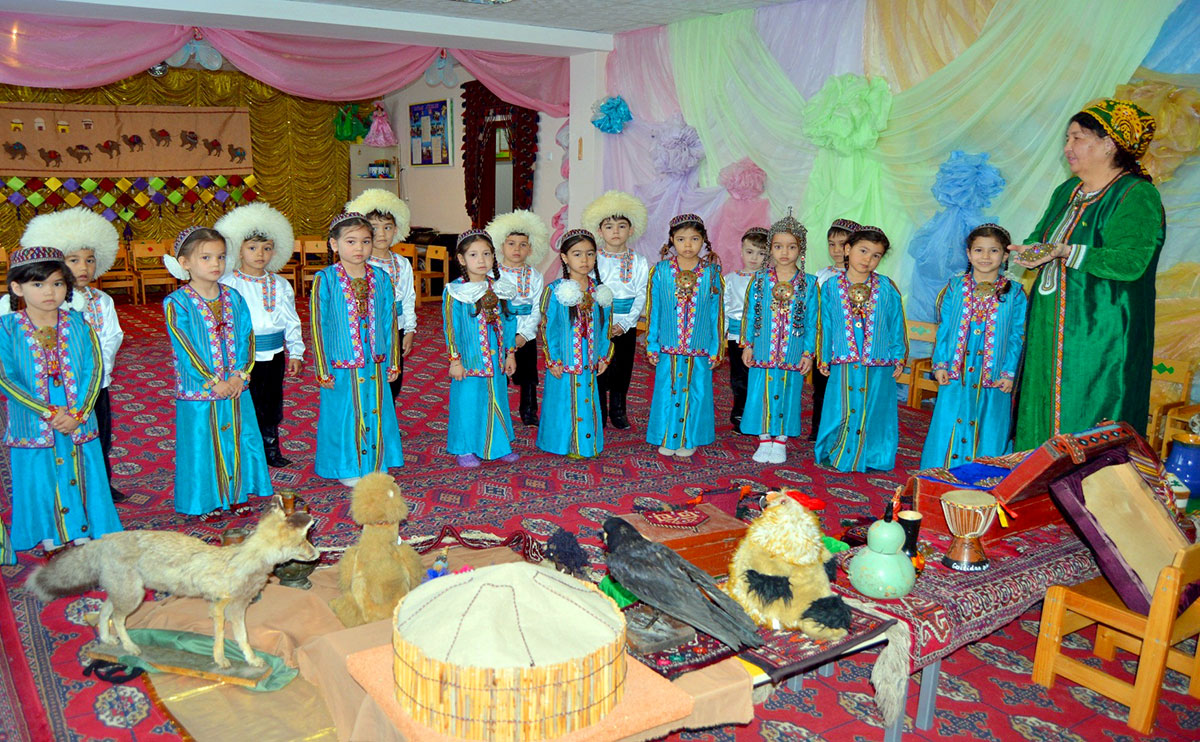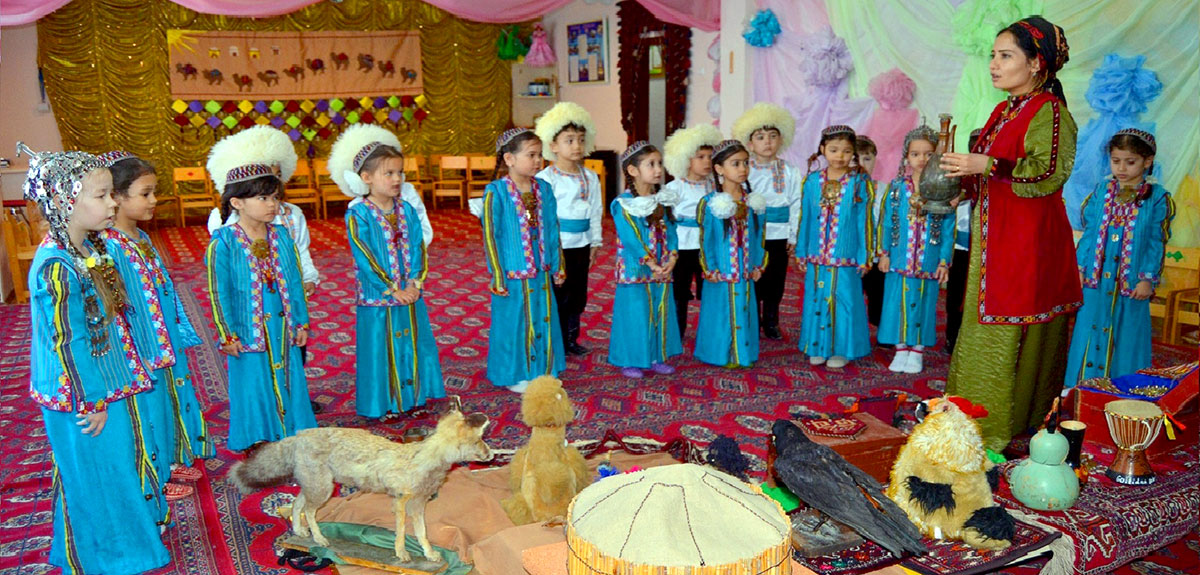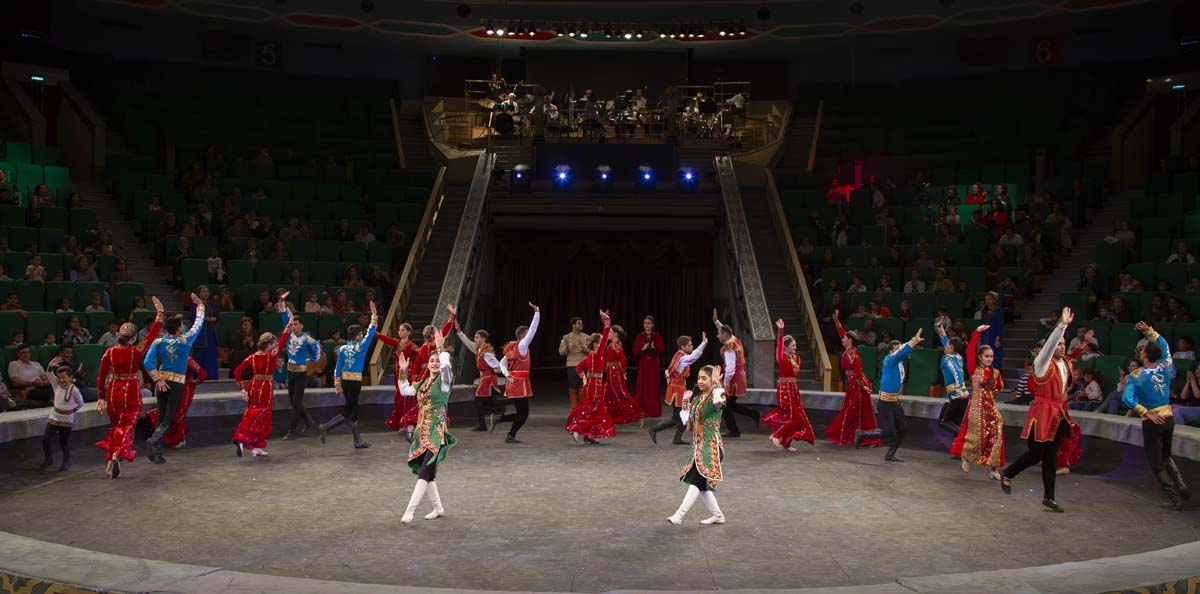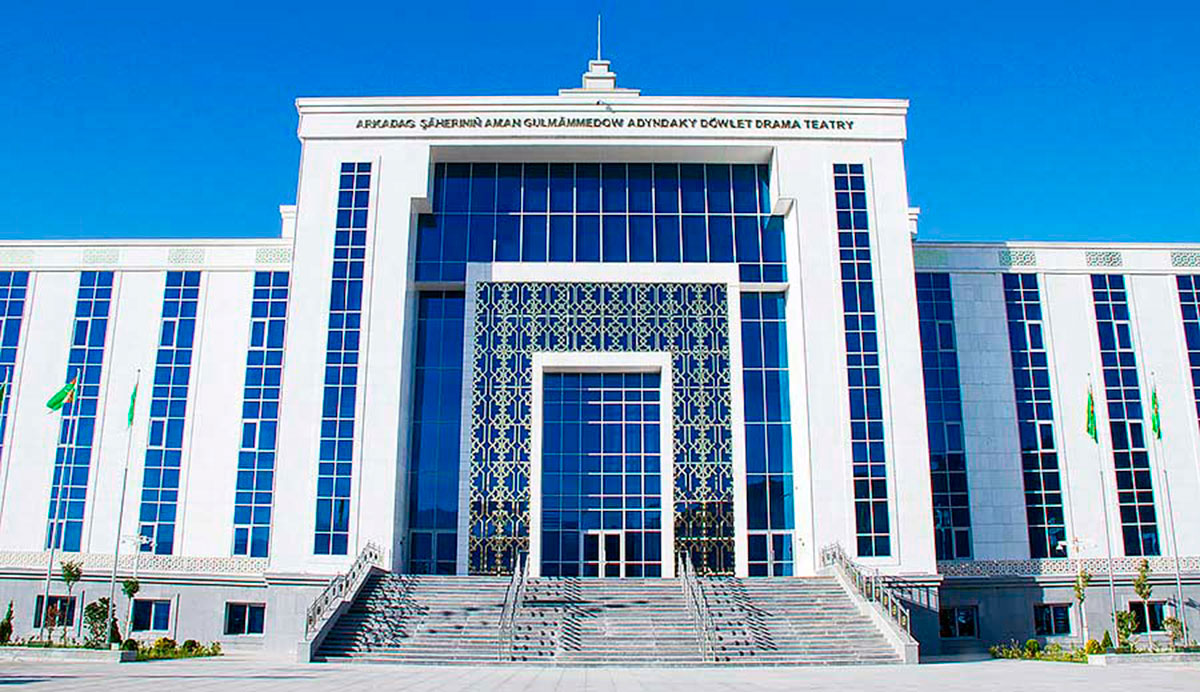Pupils of kindergarten No. 28, located not far from the Avaza national tourist zone, greeted the specialists of the Turkmenbashi City Museum of Local History with joyful exclamations.
Recently, traveling exhibitions in schools, kindergartens and various organizations have become a good tradition of the museum. Field trips give a lot of impressions and become an unforgettable event for visitors, especially for preschoolers.
The museum building itself is a historical monument of the 19th century and is under the protection of our state. Built in the seaside city of Turkmenbashi in 1869, under the leadership of Nikolai Grigorievich Stoletov and his expedition, the building served as a fortress "Blockhouse Battery". And since 1974, a unique museum has been located within these walls, consisting of six rooms. Each department covers in detail the glorious path of the city's development - from past times to the present.
“Our museum is like a big encyclopedia, with which we introduce not only the residents of the city of Turkmenbashi, but also tourists, numerous children who come from different countries to children's summer camps,” says Guljemal Ashirova, a specialist of the Turkmenbashi city museum of local history and local lore. - For kindergarten students, we organized an exhibition on the theme "Nature of the desert, sandy places and ethnography of the Primorsky Territory." In a playful way, with the help of fairy tales and fables, we showed the children representatives of the animal world inhabiting the coast of the Caspian Sea - fish, snakes, birds, foxes, turtles and hedgehogs. They told about how our ancestors mastered the desert, built yurts, and were engaged in various crafts. And, of course, they were invited to visit our museum with their own eyes to see the extensive exposition presented in its halls.
The Balkan velayat is rich in historical and architectural monuments. They are described in the Hall of Archeology. Household utensils are placed here. The Hall of Nature in all its diversity reveals the unique and inimitable nature of western Turkmenistan, its flora and fauna.
In the coastal city of Turkmenbashi, there are several large industrial enterprises and transport infrastructure services. They make a great contribution to the growth of the economy of our state. For example, the Turkmenbashi complex of oil refineries. The museum has a wide range of products of this plant. Photos of the old and new port of the city are also exhibited.
The "Sea Gate" of the Turkmenbashi International Seaport is an important logistics center that plays a big role in the major transit traffic in the region, uniting Central Asia and Europe.
The History Hall displays a chronicle of the legendary passage of Turkmen fishermen on taimuns from Krasnovodsk to Moscow (1936).
The Hall of Ethnography includes two departments. They present carpet weaving, carpets and rugs, as well as magnificent samples of Turkmen jewelry. There is also a "white yurt" with all the home decorations and exhibits telling about the clothes and life of the coastal Turkmens.
The six sections of the Turkmenbashi city local history museum include the Hall of the Epoch of Happiness, which tells about the great achievements and transformations taking place in our country, including the city of Turkmenbashi. Here is an ecologically clean eastern coast of the gray-haired Khazar, transformed beyond recognition in a short time. The national tourist zone "Avaza" - a piece of paradise, created by human hands, is presented in the museum in the form of a photographic tablet.
– Numerous guests of our museum often donate small souvenirs and gifts brought with them, – continues Guljemal Ashirova. Today we are once again preparing for a field event, because museum activities are not limited to work in a hospital, we strive to be closer to the people.




